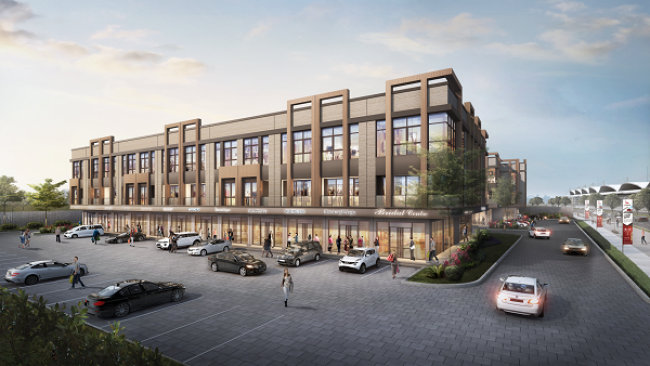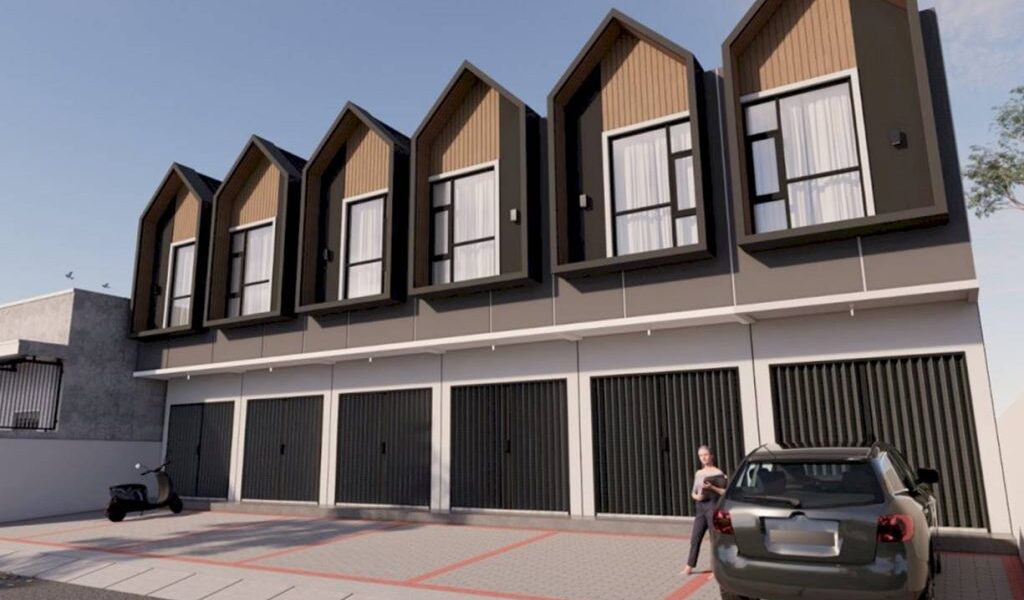The architecture of Indonesia is an enthralling weaving that is a reflection of its diverse culture and rich historical significance. In this regard, the old shops, also known locally as “Rumah Toko (also known as ‘Ruko’) are an evidence of the country’s vast mercantile heritage and multi-ethnic influence. The structures, which are often distinguished by their narrow facades and spacious interiors, are more than simply buildings. They are a story of community, trade, and the evolution of these structures over time.
Within the heart of metropolitan Indonesia and ranging from the crowded streets of Jakarta and the historical alleys of Yogyakarta Shophouses are commonplace. Built during colonial times they were built to be used for residential as well as business functions. The lower floor functions as a workshop, shop or cafe that is brimming in commercial activities, and upper floors are private accommodation for the family of the owner. The layout is an effective solution to the urban space constraints and demonstrates the Indonesian ability to integrate the demands of work and family living.
Architecturally speaking, shophouses in Indonesia incorporate diverse styles inspired through Chinese, European, and indigenous styles. The Chinese influence is apparent on the intricate facades and those that follow Feng Shui principles often incorporated in the layout. Dutch colonial architecture is responsible for the high ceilings as well as large windows. The indigenous design is apparent through the use of locally-sourced materials as well as tropical designs that are suited to the humid and hot climate. In combination, these elements make for a distinct style that is uniquely Indonesian.
Beyond the architectural, shophouses have a significant role to play in the city’s economy as well as social activities. They serve as a hub for entrepreneurial spirit and family businesses that are often handed down over generations. Every shophouse is a tale of struggles, dreams and successes, which contribute to the thriving economy of Indonesia. They’re not just structures they are also a backdrop for daily life. They witness the flow and change of communal interactions, festivities and daily life.

But, as Indonesia is modernizing, these historic ruko are in danger from the rapid urbanization as well as new developments. A lot of old shops are removed to make room to modern structures, which leads to the loss of history as well as the urban landscape of old. Conservation efforts are being undertaken in several cities to protect the architectural treasures that are there, and to recognize their historical and cultural value. Preservationists claim that the shops aren’t just remnants from the past, but living monuments that continue to be relevant and useful even today.
As Indonesia grows and develop, the tale of the shophouses in Indonesia is developing. They’re not just an old-fashioned memory of the past, they’re a testament to Indonesian resilientness, flexibility and the long-lasting character of its inhabitants. The preservation of these shophouses isn’t solely about saving the buildings, it’s about keeping the tales, customs as well as the fundamentals of the characteristics that make Indonesia distinctive. What’s to come for Indonesian shophouses is in the delicate balance of traditional and modern Their fate is likely to profoundly affect the culture and architectural legacy of the country.



